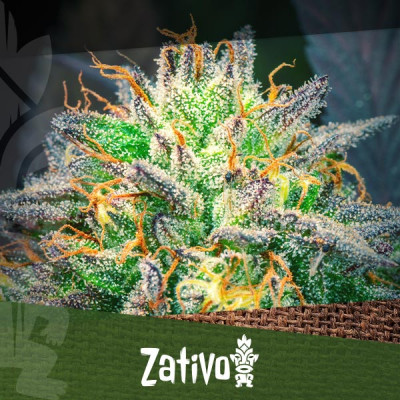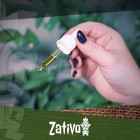Don't have an account?
Register NowYou have to add to cart at least 5 bottles or any program to make checkout.
- BlogWhat Is Delta-8-THC?
What Is Delta-8-THC?
Published: February 20th, 2023
Categories:
Cannabis Info
Most cannabis users are familiar with the plant’s two main cannabinoids: THC and CBD. Common knowledge dictates that THC is the substance that gets you high, while CBD doesn’t. Both cannabinoids are continually being studied for their clinical viability, and each has demonstrated unique potential.
Then you have other, lesser-known cannabinoids. Where do these fit in? For this article, we’re focusing on ∆⁸-THC. As the name suggests, it is a form of THC—but how is it different? And what are its effects on the body? Most of all, is it safe?
All of these questions will be addressed in this article.
What Is ∆⁸-THC?
∆⁸-THC is one of over 100 cannabinoids present in the cannabis plant. However, it appears in very small amounts in raw plant material, and thus ∆⁸-THC is most often manufactured from—believe it or not—CBD.
As of late, ∆⁸-THC is beginning to gain some popularity, largely due to its availability in select areas as a semi-legal alternative to ∆⁹-THC (the predominant psychotropic cannabinoid found in cannabis).
But since it can only be extracted through synthetic means, ∆⁸-THC has yet to be approved by governing bodies like the United States Food and Drug Administration. But that hasn’t stopped it from appearing in an array of products.
In places where cannabis is otherwise illegal, ∆⁸-THC is marketed similarly to conventional THC. It can likewise be purchased in gummy or candy form—just like the usual edibles you’d find in weed stores—and as the main ingredient in vape cartridges. You may also find ∆⁸-THC tinctures and other products as well.
What Is the Difference Between ∆⁸ and ∆⁹-THC?
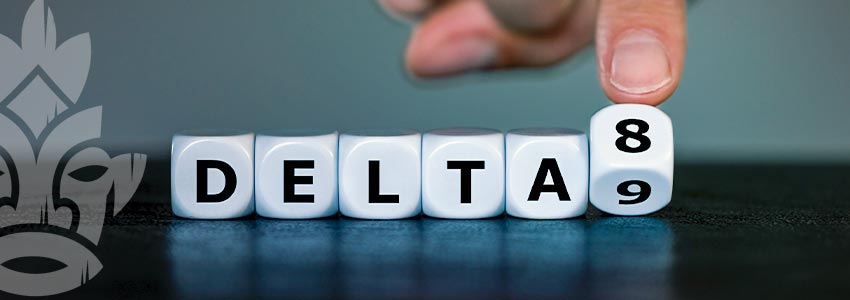
To better understand ∆⁸-THC, it’s helpful to compare it with ∆⁹, aka "conventional" THC.
To start, ∆⁸ and ∆⁹ share a very similar chemical structure, except the former’s double bonds are on the 8th carbon atom while ∆⁹’s are on the 9th. As a result, the cannabinoids interface with the endocannabinoid system slightly differently, producing distinct, albeit subjectively similar, effects.
In this regard, ∆⁸-THC is believed to interact with CB1 receptors in the brain with less affinity than ∆⁹-THC, resulting in a less potent experience. Some accounts claim that ∆⁸ is around 50% less potent than ∆⁹, while other specialists claim it to be about one-quarter or one-third as potent.
Still, both ∆⁸ and ∆⁹ are known to produce similar feelings of euphoria, relaxation, increased appetite, etc. Moreover, the side effects associated with both types of THC include red eyes, short-term memory impairment, elevated heart rate, etc. However, given its higher potency, the side effects of ∆⁹ may be more pronounced than ∆⁸, depending on the amount consumed. Subjectively, ∆⁹-THC is thought to cause paranoia to a greater degree than ∆⁸.
For this reason, some cannabis users may purposefully opt for ∆⁸ as a tamer version of THC, while others may find the reduced potency to be a drawback.
It’s important to note that ∆⁸ has undergone far less medical research than ∆⁹, and so its safety profile and clinical potential are not entirely clear. For this reason, most specialists recommend proceeding with caution regarding ∆⁸ use. Still, some self-reported studies have found that ∆⁸ has worked as a viable substitution for ∆⁹ among medical cannabis users, which supports further study on the former.
Finally, the accessibility of these two types of THC varies greatly. While the legality of ∆⁹ is complicated, that of ∆⁸ is even more so. Even in places where it was formerly legal, ∆⁸ has been banned due to fears surrounding contaminated products or production methods and misleading marketing. For this reason, the legality of ∆⁸ is currently in flux.
How Is ∆⁸-THC Made?
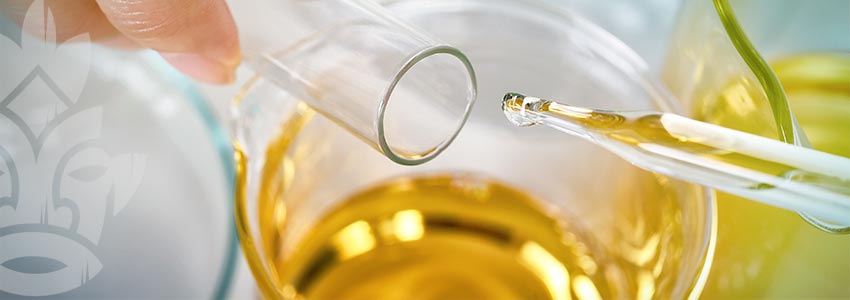
As mentioned, ∆⁸-THC occurs in trace amounts in cannabis plant material, making up less than 1% of the chemical composition. Because of this, intricate extraction methods are necessary to procure it in an isolated form, which also means it isn’t suitable for home production just yet.
Part of the reason ∆⁸ has managed to be available in areas where THC is otherwise illegal is due to its unique production. By using legal industrial hemp, producers are able to create CBD isolate, which they then manipulate to create ∆⁸.
Oftentimes, the CBD isolate is dissolved using a non-polar solvent like heptane. This is the preferred solvent because extraction via ethanol does not work with ∆⁸-THC. From there, the solvent is combined with hydrochloric acid. This solution is stirred for about 18 hours and then placed under temperatures of 100°C.
Once the solution is completely homogenous, it goes through a simple but thorough purification process. Here, the solution is cleansed using a combination of sodium bicarbonate and distilled water. The aim is to get rid of potentially toxic residual material from the acid and solvent mixture.
After these processes are done, the converted extract undergoes testing via high-performance liquid chromatography. It’s an extensive technique that involves analytical chemistry to separate and decipher all existing chemicals. This final step is done to ensure that the ∆⁸-THC is safe for consumption and no longer contains toxic chemicals.
It’s worth noting that recently, government organisations like the Drug Enforcement Agency (DEA) have started cracking down on the legal loophole of ∆⁸ production, claiming that creating THC products from industrial hemp is in fact not legal.
Can ∆⁸-THC Make You High?

Despite having a fraction of the potency of ∆⁹, ∆⁸ is still intoxicating. So yes, it can get you high, albeit in a less profound way.
Anecdotal evidence generally describes ∆⁸ to have a “lighter high”. If you’re used to the immediate and noticeable kick from consuming ∆⁹ THC, adjust your expectations slightly with ∆⁸.
But just like ∆⁹-THC, the high of ∆⁸ will linger depending on how you consume it. Eating an edible will produce a longer-lasting effect than a vape cart, for example.
Is It Safe to Consume ∆⁸-THC?
Because of its synthetic and unregulated nature, there may be more safety issues linked to ∆⁸ consumption. More studies are needed to form a definite conclusion, and the FDA has yet to regulate it.
Based on current data, the biggest potential risks may occur during the extraction process. Therefore, it’s vital to source ∆⁸ from manufacturers/retailers that are known to be reliable and credible.
That said, as long as the ∆⁸ is pure and not contaminated, there is no current research to claim that the substance itself is unsafe, though, again, its full safety profile is unclear.
Learn More About ∆⁸-THC
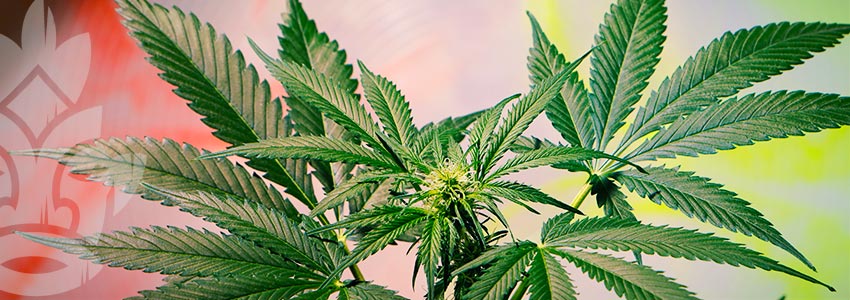
Right now, studies are being conducted to learn more about ∆⁸-THC. But so far, we know that this version of THC has managed to make waves by exploiting a loophole in cannabis law. But with its milder effect and potential benefits, ∆⁸ is much more than just a semi-legal version of ∆⁹.
If you’re curious about trying ∆⁸-THC, be extremely careful that the products you source contain what’s advertised, without any contaminants or harmful substances.

